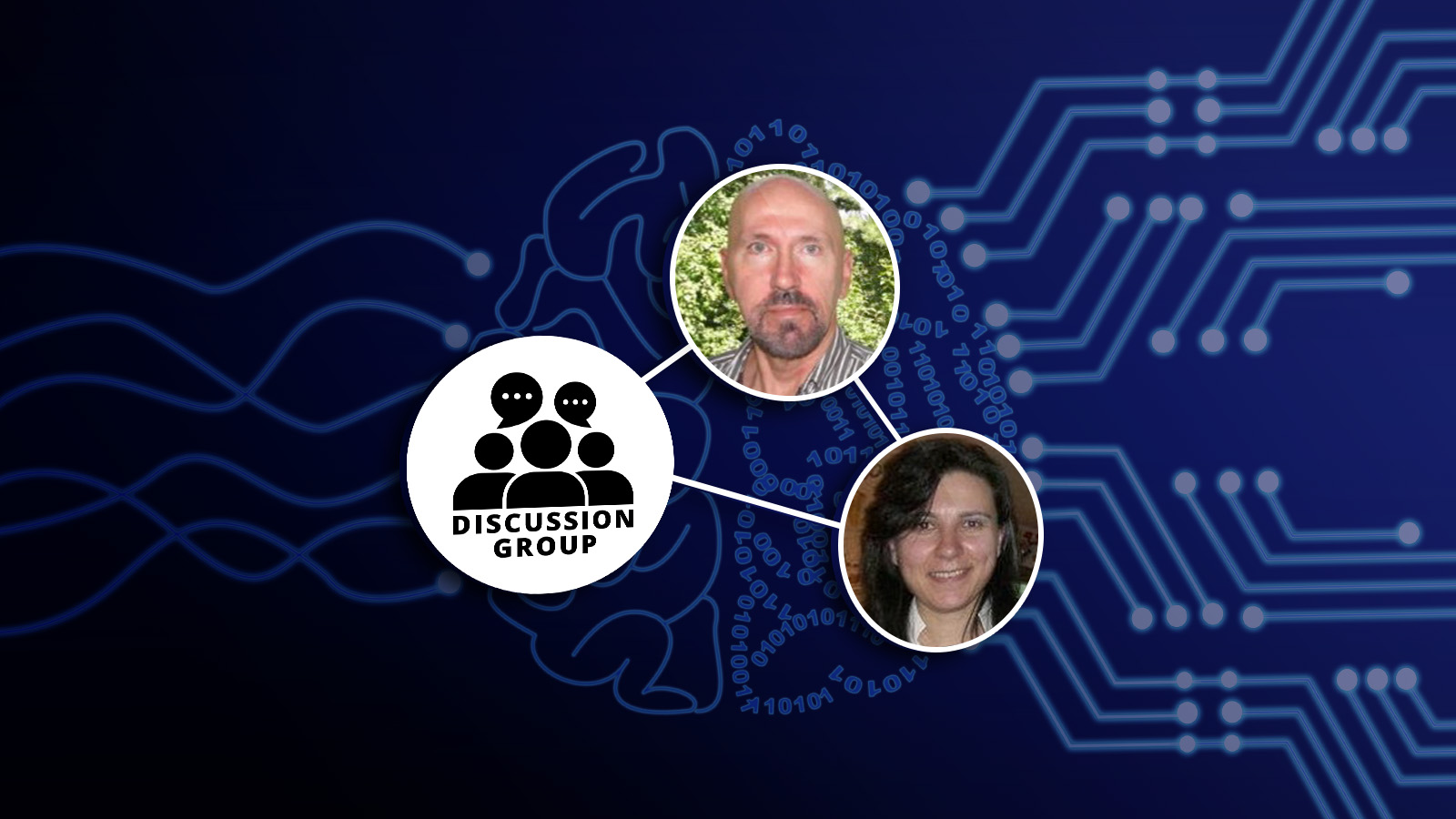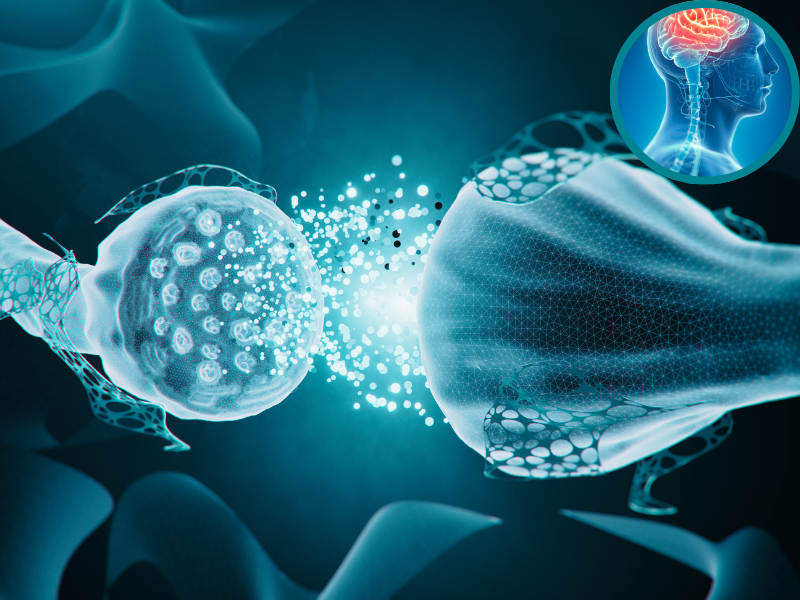Up-and-Coming Investigations in Drug Discovery and Development: Neuroscience and AI

Our discovery series was pleased to feature another lively discussion group, this time focussing on Neuroscience Drug Discovery and Development. Our discussion group leader was Martin Dudziak, Director of Research and Education at the TETRAD Institute.
The session touched on many of the cutting-edge topics in drug discovery with a focus on neuroscience. Joining the discussion were experienced attendees within the neuroscience drug discovery and development field, keen to discuss advancements in the sector.
COVID-19: A Trauma-Like Trigger for Neurodegeneration?
Romina Vuono is a Principal Investigator and Lecturer at the University of Kent. Her lab is particularly interested in Alzheimer’s disease and how environmental factors such as traumatic brain injury can affect its onset. Vuono noted that her lab at the Medway School of Pharmacy have recently undertaken a new area of research investigating how COVID-19 can trigger pathological processes that lead to neurological complications.
“Sars-CoV-2 infection is like a traumatic brain injury,” Vuono explained, “it’s an environmental factor that can be a trigger of the processes that in the long term may lead to unforeseen conditions like Alzheimer’s.” Vuono’s lab studies the genetic variations that may make patients more susceptible to this phenomenon after the environmental cause.
Elucidating the connection between traumatic brain injury and neurodegeneration, Vuono was asked whether this link could be demonstrated in any models. “Animal models have shown that rodent brains can develop tau oligomers as early as four hours after head injury,” Vuono answered. “However, these oligomers haven’t been found in human brains – so the question is: what happens in a human brain after a head injury?”
Vuono summarised that “a head injury can be like an earthquake.” The shock of head trauma can damage neurons whereby the axon may twist and break. This in turn causes tau protein to become detached from the microtubules, making it prone to abnormal phosphorylation and aggregation. “Tau oligomers appear during the early stages of tau aggregation and over time may become the pathological neurofibrillary tangles known as a primary biomarker of Alzheimer’s disease.”
“But of course, an injury to a mouse brain is different than an injury to a human’s,” Vuono clarified. She added that it would be useful if any of the knowledge learned from the animal models could translate to humans. Recently, Vuono confirmed that her lab has found promising data by studying the brain of individuals deceased aftermath head injury. “The reason why I am so interested in drug discovery is because there are over 55 million people worldwide living with Alzheimer's and waiting for a cure. This number is predicted to reach 78 million in 2030 and 139 million in 2050. Our mission is to identify the underlying Alzheimer's mechanism and develop drugs able to halt it.”
The Hype and Shortcomings of Synthetic Intelligence
Dudziak was curious to see the extent to which our attendees had used artificial intelligence, although he was hastened to add that he preferred the term “synthetic intelligence.” He stated that the technology has historically been used and developed in defence and social media sectors. For example, AI has been used to generate faces and also text chats, both for simulation and in cases of misrepresentation of social network dialogs. However, Dudziak pointed out the use of the same algorithms for simulating EHR in several medical research studies
One senior researcher offered their experience, they had found machine learning fairly underwhelming in bioinformatic systems. Their use for AI has been in selecting potential indications for certain drugs. “My feeling is that the technology is not quite there yet,” they stated.
The discussion then turned to the fact that the problem may be related to the translation of AI into the biomed field. Furthermore, the quality of the data you get out is dependent on the quality of the data that you put in, so data needs to be optimised properly.
- AlphaFold and Drug Design: Has AI Solved Biology’s ‘Grand Challenge?’
- Artificial Intelligence for Drug Design and Discovery
Dudziak was “not surprised” by these conclusions. The discontent that Dudziak had gathered was due to the “buzz” generated by Silicone Valley tech companies promoting the technology. “Many of them don’t understand the translation to biology and medicine,” he said. Dudziak noted that those working in bioinformatics should have a strict evaluation of their sources, “and that includes those companies.”
Not ready to discount the field entirely, Dudziak specified that he believed computational science has its value “if it is used properly.” He thinks the problem is that too often, bias is presented in the design of intelligent systems. “The databases that are handed over from these companies are not only too general but are missing fundamental data.” He emphasized the need for developers of AI and machine learning to include more participation by mentors and logic designers with experience in medical and particularly clinical-trial projects.
The session concluded by our moderator stating that AI and QSP are the same as most other tools. “All the tools can be powerful and helpful, but they have to be used wisely and we shouldn’t expect any of them to be a ‘magic bullet’. Sometimes, there’s an expectation that a new technology will come out and do everything that we want it to – but usually that’s not the case.”
Our Neuroscience Discovery Symposium will host over 300 key leaders and influencers from global pharmaceutical organisations and leading academic research institutions presenting on the latest developments and critical approaches in neuroscience discovery.







.png)